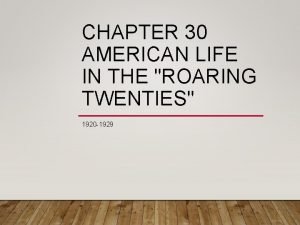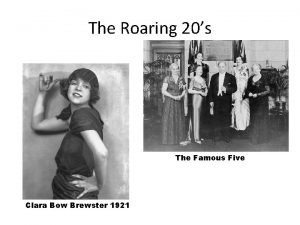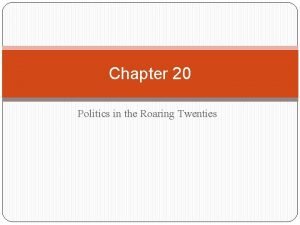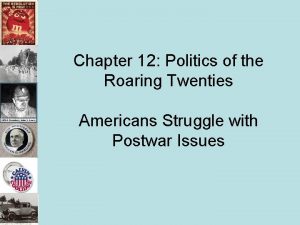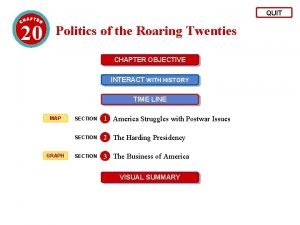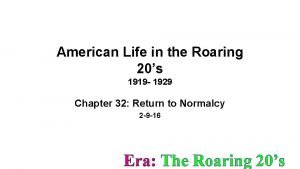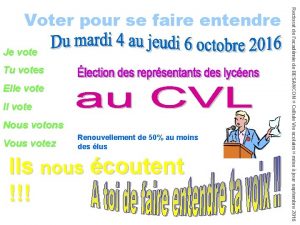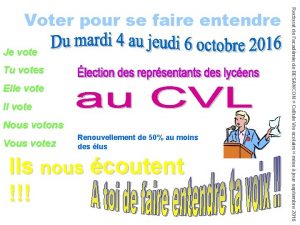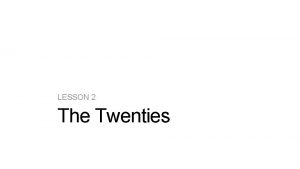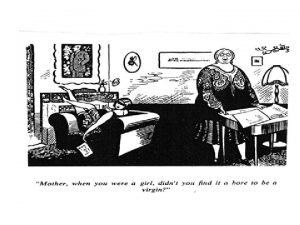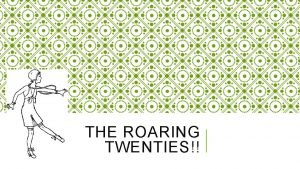Women in the Twenties Right to Vote Women










- Slides: 10

Women in the Twenties

Right to Vote • Women in the 1920’s substituted men in the field of “men’s job” due to the war. This allowed women to protest for their rights to vote. • The members of this movement were called “Suffragettes” • Women suffrage movement started in 1878 under the leader ship of doctor Howard • In the twenties the 19 th amendment gave women the right to vote • The right to vote in Federal Elections had been granted to women in Canada over the age of 21

The Working women in 1920 • Were 23. 6% of the labour force in WWI • These jobs included: Conductors of trams or buses, Worked on farms, engineering, and in highly dangerous munitions Industries • There was a high demand of women to do heavy lifting such as unloading coal, stocking furnaces and building ships. • After WWI, more jobs were available to women: Teachers, secretaries, typists, nurses, seamstresses • Women continued to stay in the workforce even after WW 1

Jobs of Women 1920 § § The expansionary period of the 1920 s was cut short by the Great Depression, but soon came back with WW 2; single and then married women were to do men's jobs, for lower wages. Incentives such as free government nurseries and income-tax concessions, provided to attract married women into labour force. This time many stayed and found employment in the expanding number of "female" jobs in the service industries. End of the 19 th century, the factories replaced families as the main productive unit. Majority employed as servants, dressmakers, teachers, seamstresses, tailors, housekeepers, launderers, milliners and saleswomen.

Working Conditions of Women • During the first half of the 20 th century, the number of jobs available to women was limited and strong sentiment existed against married women working outside the home. • Factory work involved long hours, low wages and often brutal working conditions. For example, young girls worked for 60 hours a week for 80 cents, or less than 2 cents per hour

Fashion The 20’s were very colorful Stockings permitted to be visible, and used for fashion. Fashion became a career choice for women More skin allowed to be shown Sleeveless dresses introduced; hem lines went from being right above the ankle to right above knee (start of flapper dress) Corsets no longer used and new forms of garments, which allowed comfortable and free movement, introduced Bathing suits took longer to evolve into modern style Short hairstyles inspired newly designed type of hats. Hats went from wide brimmed hats to smaller fitting hats to show off the new hairstyles

v The first major transition was from 19 th century long hair to the very short and straight hair v Women had to cut hair at men barber shops and men complained v Some women keep their long hair and just pined it underneath v Barbers and hair dressers started to compete on latest fad v Bobbed hair led to the invention of bobby pin. HAIR STYLES

Expectations of Women Cutbacks and layoffs of women took place in the years immediately following the war, but by the 1920 s women had re-established their wartime levels of labor-force involvement. Some new "female" professions, such as library work, social work and physiotherapy were emerging, but the most rapidly growing occupations were clerical. Although women had won the right to vote during the war, few women were elected to the House of Commons or to the Provincial Governments. Women were mainly seen as homemakers. If women worked, they worked until they were married.

Female empowerment Power and respect Sports Fun to know! Women gained more respect and power during 1920 s, the equal rights amendment was passed in 1923 which gave men and women the same rights. Women began to compete in Olympic field events like running, distance running and other track events. A couple of the social freedoms women gained were the rights to smoke and drink, and also attend social gatherings. Another example is in the 1920’s, women participated in flapper dancing which gave them a way to express themselves. The first women’s world fair opened in Chicago.

Conclusion Women have gained many rights in the 1920’s. Before the 1920’s they had very few rights. The revolution of freedom started in the 1920’s when women started to gain significance in society with their will to fight for their freedom. Their rebellion, had many positive effects for the feminine community. As a result, they gained the right to vote along with many other freedoms, such as working, participating in social events, and much more. Our society has changed dramatically since this time, and allowed women to be just as equal as men.
 Right product right place right time right price
Right product right place right time right price Right time right place right quantity right quality
Right time right place right quantity right quality Chapter 6 section 1 the right to vote
Chapter 6 section 1 the right to vote The right man on the right place at the right time
The right man on the right place at the right time Chapter 30 american life in the roaring twenties
Chapter 30 american life in the roaring twenties Roaring twenties acrostic poem
Roaring twenties acrostic poem Chapter 20 politics of the roaring twenties
Chapter 20 politics of the roaring twenties Chapter 20 politics of the roaring twenties answer key
Chapter 20 politics of the roaring twenties answer key Chapter 12 politics of the roaring twenties
Chapter 12 politics of the roaring twenties Chapter 20 politics of the roaring twenties answer key
Chapter 20 politics of the roaring twenties answer key Roaring twenties acrostic poem
Roaring twenties acrostic poem




